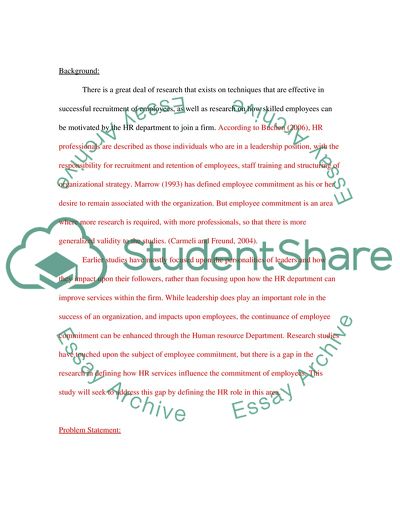Cite this document
(How Can the Human Resource Department Improve the Retention of Skilled Research Proposal, n.d.)
How Can the Human Resource Department Improve the Retention of Skilled Research Proposal. https://studentshare.org/human-resources/1716459-hr-proposal
How Can the Human Resource Department Improve the Retention of Skilled Research Proposal. https://studentshare.org/human-resources/1716459-hr-proposal
(How Can the Human Resource Department Improve the Retention of Skilled Research Proposal)
How Can the Human Resource Department Improve the Retention of Skilled Research Proposal. https://studentshare.org/human-resources/1716459-hr-proposal.
How Can the Human Resource Department Improve the Retention of Skilled Research Proposal. https://studentshare.org/human-resources/1716459-hr-proposal.
“How Can the Human Resource Department Improve the Retention of Skilled Research Proposal”. https://studentshare.org/human-resources/1716459-hr-proposal.


